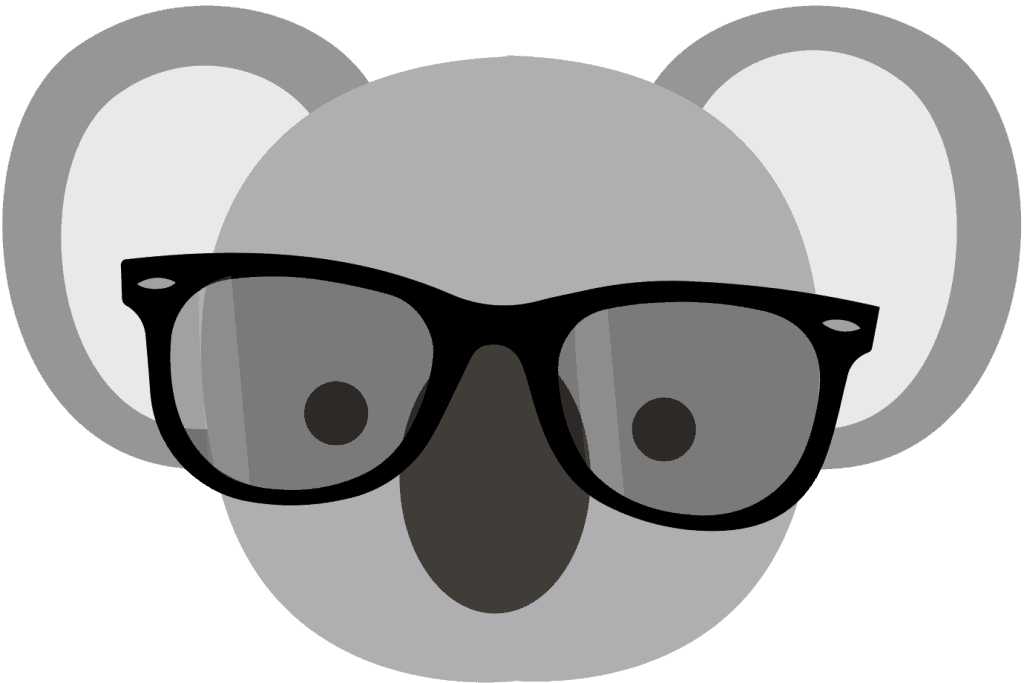You can make a lot of headway in business today with some internet access and a burning desire to compete – just ask the tech giants. It’s never been easier to market and sell to people all over the world.
Dropshipping entered the e-commerce lexicon over the past two decades as large platforms like Amazon, eBay, and Facebook opened up to third-party sellers. Setting up a digital store turned into little more than choosing a name and a color scheme, as everything else is provided in templates you can pick and choose. Suddenly, the digital store you set up has a booming marketplace to sell any article imaginable.
After making a sale, all that’s left to do is ‘drop’ the order details to the manufacturer or large retailer, who deals with the packaging and ‘shipping’ part to complete the transaction.
Practically everything you need to run a store is done by the vending software and the retailer: no inventory, no physical stocking or shipping of the products. This is how dropshipping works in 2024.
However, dropshipping isn’t just limited to a one-size-fits-all approach. There are a number of ways to approach this business model, and one of these is high-ticket dropshipping.
What is High-Ticket Dropshipping?
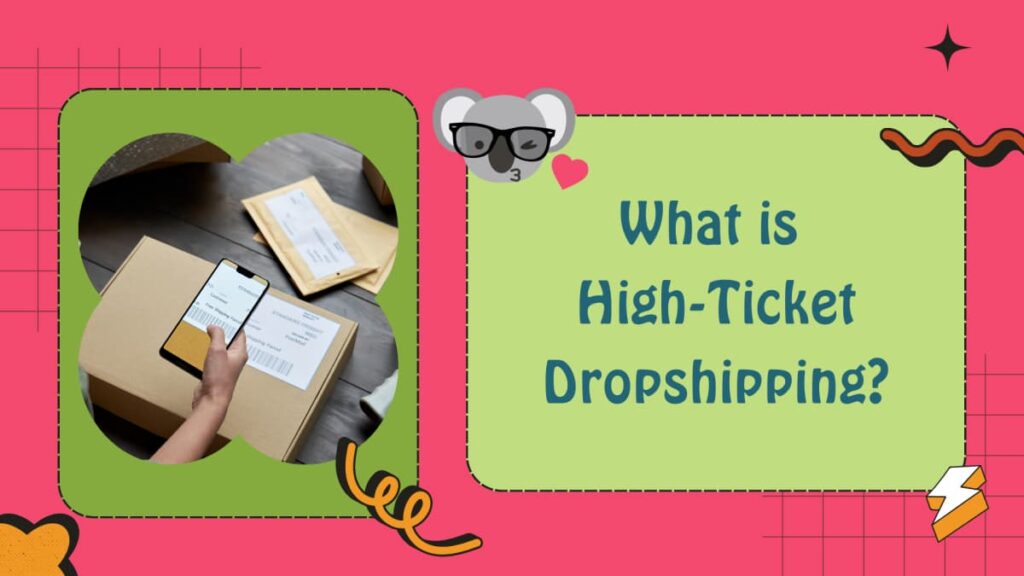
High-ticket dropshipping is an e-commerce business model where retailers sell high-value premium products to customers without holding any inventory. High-value dropshipping products are any items valued over $200, and can sell for even as high as $10,000+.
Dropshipping platforms make it possible for small digital businesses to compete on the same footing as big businesses when it comes to high-ticket items. The low overhead of running a personal digital store adds to its other traditional advantages like adaptability, the tendency to occupy a small market niche, good communication with clients, and customer service.
High-Ticket vs Low-Ticket Dropshipping: What’s the difference?
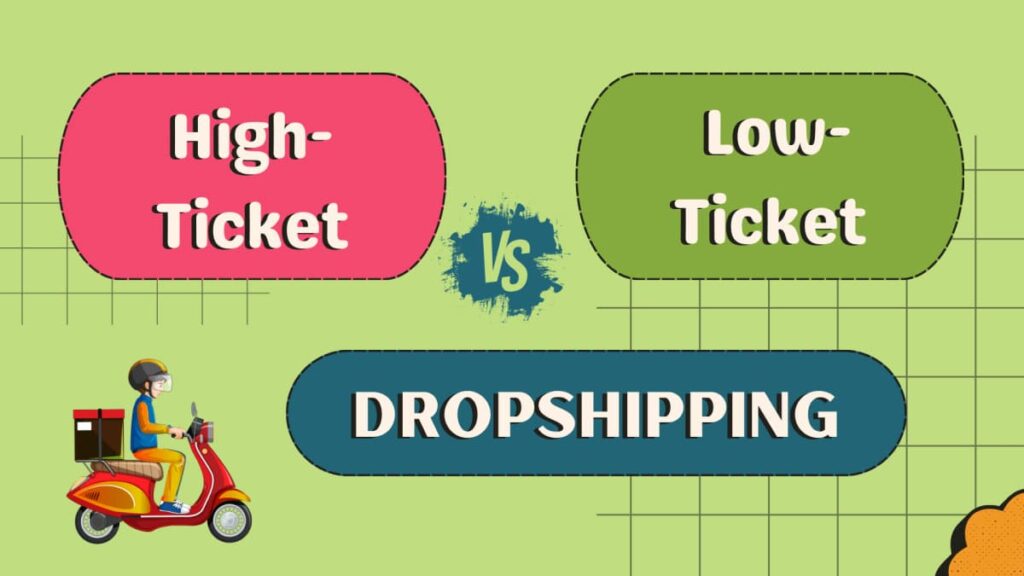
In theory, the difference between high-ticket and low-ticket dropshipping is only in the extent of the product’s market appeal:
- High-ticket dropshipping appeals to a narrower client base of eager customers. While there’s debate about whether the minimum value of high-ticket should be set around 200$ or 500$, it’s safe to say the values are several times over.
- Low-ticket dropshipping appeals to all, and you have no problem selling. It typically includes products with a value below 50$.
To be more specific, if a significant number of vendors are all selling the same plain, low-ticket fidget spinner, their profit margins must be low to allow them to compete. And low margins leave little room for advertising, while the high volume of sales makes keeping up with customer support and logistics difficult.
On the other hand, vendors who specialize in products for a smaller market segment calculate a small premium in the price. They face less competition and build closer relationships with their clients.
Pros & Cons of High-Ticket Dropshipping
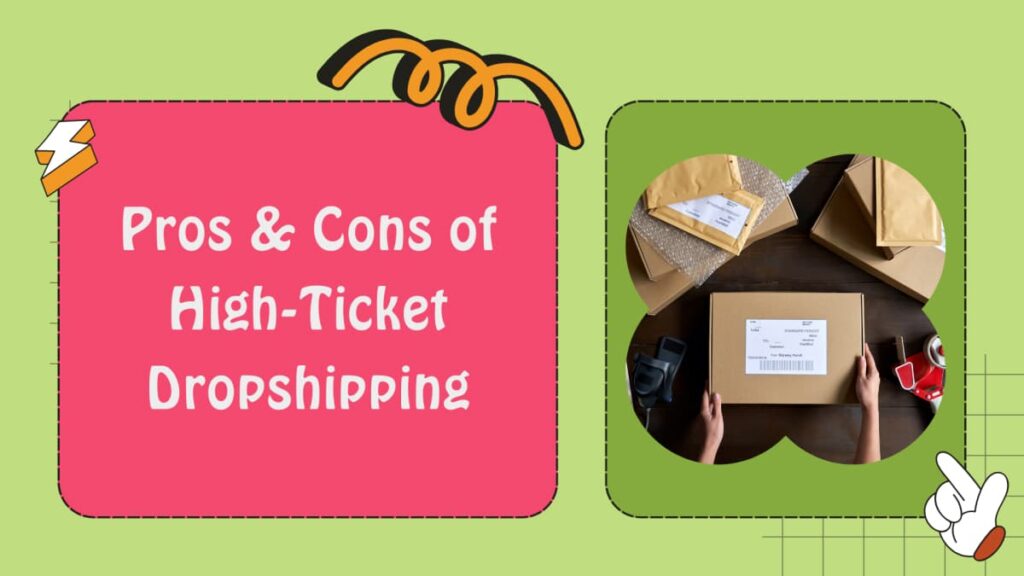
After you’ve spent a few years in the business, you will realize that it’s the scaling of the market (of the number of orders, clients, deliveries) that makes the most significant difference. Human psychology puts a limit on processing millions of orders for thousands of different products in any meaningful capacity.
In the final reckoning, it’s the human scales of the high-ticket dropshipping market that make it such a Goldilocks zone. Just enough clients ordering just enough different products with just enough margins of profit.
Pros of High-Ticket Dropshipping
The pros of dropshipping high-ticket items lie in the substantial numbers involved.
The first advantage of high-ticket dropshipping is, because the start-up costs are higher, the competition is significantly lower so you are avoiding competition in saturated markets.
However, the sales volume will also be lower, but this is not necessarily a problem! Since the sales volume is lower and per-sale margins higher, you can focus on learning and improving with every sale. You will soon see which demographic is primarily interested in the product and try to cater to them through design, marketing, or philosophy. Market segmentation allows for better planning, targeted advertising, and product integration.
You will be able to offer reputable brands with better quality to improve customer satisfaction and drive word of mouth. This will reflect strongly on your own branding and market positioning, as you can now act from the highly sought position of a preferred segment vendor.
This segment is characterized by relatively inelastic demand, as clients looking for big-ticket dropshipping items are not impulse buyers. This, in turn, allows you to leverage tools and strategies to plan for the long term and get in on trends early to ride a consumer demand wave.
Challenges of High-Ticket Dropshipping
In due time, a successful high-ticket dropshipping venture will come to be a reflection of the owner – in its overall design, its marketing approach, its niche markets, and customer support, will advertise the decisions and values that made it what it is.
The greatest challenges of high-ticket dropshipping will bring these key elements into question.
Since you will be competing with only a few peers for the client’s sale, you will be sensitive to anything that could bring your name and brand into jeopardy.
When it comes to premium product dropshipping, negative customer sentiment in product reviews or order handling must be handled carefully, if not fully avoided. Any negative sentiment on the brands you are carrying will reflect negatively on your store overall.
How to Find High-Ticket Dropshipping Products
When your store is established, and your clients are growing, the crucial question then is: Where do you find products for high-ticket dropshipping without jeopardizing quality and profit?
There are two key approaches to answering this question.
First, the product research approach emphasizes your faith in the stock you are carrying. This means you’ve scouted the market overall, the specific brands and their standing, and you’ve made a selection of the particular products you’ll be offering. Now, you’re backing them up with your brand name, standards, and customer loyalty, just like any other store.
The other approach is more recent and has to do with search engine keywords. In essence, you’re “cheating” a bit and getting a printout of all the search engine queries in your product area. If you see a recent surge in product searches or a constant volume of interest in a particular niche, you offer those products in your store and hope the clients respond favorably.
While the two strategies offer their own advantages, it is essential to notice they both require an investment of time and/or expertise. You need to look into market behaviors by investigating the periodic demand for a certain article, as well as the overall online search volume. Alternatively, you can comb over supplier directories in search of the best price/performance ratio.
Best Niches for High-Ticket Dropshipping
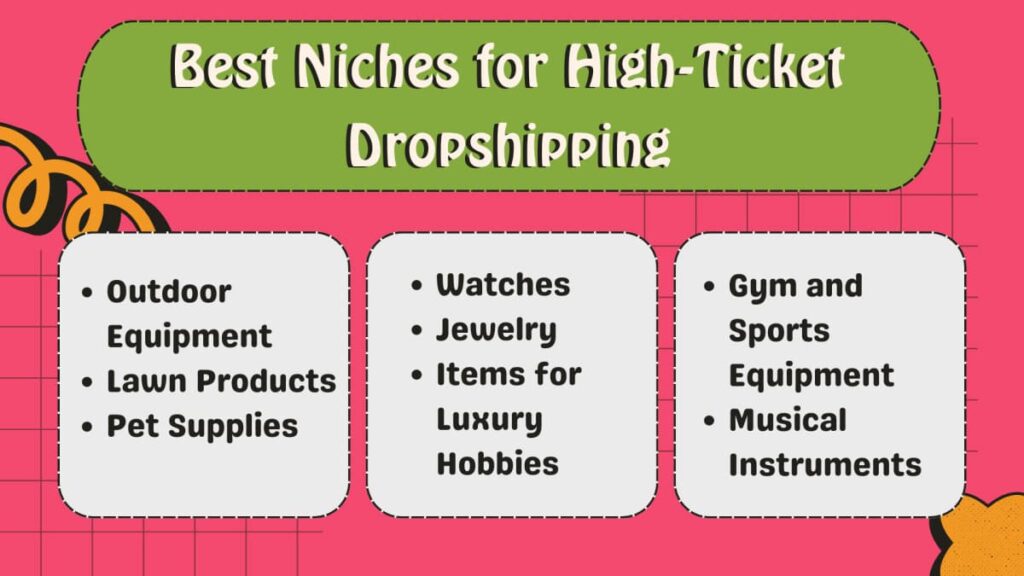
Let’s take a market analysis approach to the question everyone is asking: what is a good high-ticket item for dropshipping?
In our research, 8 market areas offer smooth seasonality and constant demand, making them, in effect, evergreen best-sellers.
In no particular order, here are 8 mainstays you can lean on in your high-ticket dropshipping niches.
Outdoor Equipment
Some categories are examined in terms of their periodicity – a period of constant demand followed by a dormant period before they come into focus again. On the other hand, this category offers a rich cycle of repeating periodic demands, so you never see a drop in orders.
For example, as soon as ‘winter hiking boots’ go out of season, you start to offer their spring and summer variants – before inevitably going back to the winter options. The same idea holds true for all types of hiking equipment, tents, and camping gear, as well as the accompanying gadgets. As long as you maintain your store’s brand and consumer base, these evergreen, high-ticket dropshipping items won’t let you down.
Lawn Products
The attractiveness of this category comes from the fact that:
- a) there is so much to choose from already, and
- b) new designs and technologies arrive regularly on the market, spurring consumer demand.
As soon as your customers have completed their toys and slides collection, a new must-have design has arrived in the lounging category before making way for innovations in lighting technology. What matters is that you and your store stay near and dear to this category of clients with disposable incomes.
Watches
Speaking of disposable incomes, no category sees less demand elasticity than luxury accessories. It means that someone will always try to make their status show, and it’s your job to sniff them out and offer them a guiding light to your store.
Jewelry
The same is true for the jewelry category as well, but things get somewhat more complicated in practice due to the sheer number and variety on offer. In this sense, it’s very difficult and cost-ineffective to guide demand with advertising. It’s similarly impossible to predict your customers’ tastes exactly, even if frequent checks on Google Trends may help.
As a principle, in luxury dropshipping, it’s better to set up your shop by category (say, pearls vs. precious rocks or earrings vs. bracelets) and let your clients settle on specific choices.
Gym and Sports Equipment
As with the outdoor equipment above, this is another evergreen category that sees only superficial fluctuations in terms of its periodicity. It is important to keep in mind the traditional periods of active consumption (summer, New Year’s) for marketing purposes.
Items for Luxury Hobbies
Demand for this dropshipping niche may not be huge, but it is constant and specific, meaning you can increase your profit margins to make up for volume. Trends change often, so stay on top of new arrivals and trends.
Pet Supplies
When two out of three US households have pets, you have a large and consistent market. Aside from bare necessities, this is increasingly becoming a discretionary income category, so make sure your store offers a variety of products.
Musical Instruments
This is another evergreen category of high-ticket dropshipping products that require no particular marketing or trend scouting. Shipping is frequently a problem, so either have dedicated customer support resources or focus on smaller but vital accessories and add-ons. Sheet music, tab books, etc., have no best-before date.
Finding High-Quality Suppliers for High-Ticket Dropshipping

International supply chains are the lifeblood of dropshipping. After going through all the trouble of leading the customer to your store and presenting them with an offer they can’t refuse, the last thing you want as a business is to see a message that reads, “Unfortunately, this product is no longer available.”
Saving on inventory and warehousing means you have to lean on the big producers and retailers like Amazon, Alibaba, and AliExpress, wherever you operate in the world. In addition, emerging high-ticket dropshipping suppliers like BigBuy, Brandsgateway, Spocket, and iDropship can be relied on to grow into trusted local partners.
What to Look for in High-Ticket Dropshipping Suppliers?
Your ideal dropshipping suppliers for high-ticket items will consistently carry the products you need without fluctuations in quality. This is key, as a drop in quality directly impacts your business and your clientele. Who wants to pay a premium for a product or service that they can’t trust?
The other client-facing aspects of dropshipping high-ticket items, such as the shipping process overall and the packaging in particular, come high on the list as well.
You need a supplier who isn’t selling to multiple competitor stores in an effort to improve their own sales. This does not benefit the market, and your clients can tell.
You’ll be communicating with your supplier daily, so good communication, good data, and a paper trail, is vital. Be prepared to share your guidelines on all these, if called upon, to create common ground primarily on your terms.
6 Steps to Getting Started with High-Ticket Dropshipping
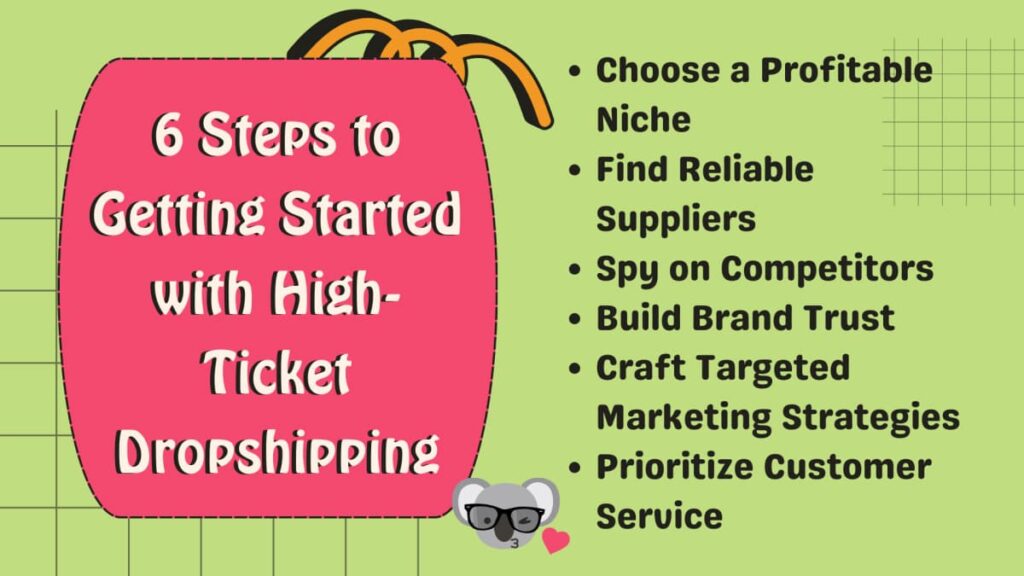
Here is our tried and tested step-by-step tutorial that will not only see your store up and running with high-ticket dropshipping, but give you a bit of cutting edge over the competition as well.
You may have completed some of these steps on your own, but take a look anyway to make sure you haven’t missed a trick.
1. Choose a Profitable Niche
You want to get a head start in a niche that’s evergreen or has repeating yearly cycles of periodic demand. This ensures a stable business base, which can be individually adjusted by finding local or trending sub-niches, well-timed investments in marketing and brand visibility.
We recommend using Google Trends to research dropshipping niches, and our own custom-made dropshipping spy tool, Koala Inspector to help with your product research.
Here are our 11 tried and tested methods for dropshipping product and niche research, it’s evergreen and works on all dropshipping industries, including high-ticket and premium product research.
It’s certainly possible to become a successful dropshipping store by offering unique, attractive products off the beaten track, but keep in mind this is a volatile strategy that will demand a lot of personal time and energy investments and will almost certainly go through significant dry spells.
2. Find Reliable Suppliers
They don’t have to be for everybody, but they must be reliable for your kind of business.
Not only will your product always need to be on offer, but it will also always be available in the same quality your customers have come to expect from you.
This is certainly easier said than done. Personal contacts can go a long way here, as a good long-term supplier will keep you informed of any upsets or breakthroughs ahead.
Pro tip: Invest all the time and effort you can to finding a great supplier.
3. Spy (Scrupulously) on Competitors
Especially if you’re just now making inroads in the business, finding what competitors are doing well to learn and improve can’t be looked down on.
Again, we recommend Koala Inspector: it’s a breeze to install, easy to use, and profitable to master.
This tool will indicate the reliable suppliers in a given niche and help you get a leg up with ads, alongside providing reports on successful products, best sellers, and new releases. Use Koala Inspector to check average product prices, website traffic, and much more.
4. Build Brand Trust
It’s easy to say but takes a lifetime to achieve. Since your customers think of you as a mere shopping location for a certain type and quality of product, your only way to stay afloat in business is to keep providing that quality as long as you can.
Deciding how you want to approach this challenge depends on how you answer the following questions:
- Will you stick to established brands for as long as it works?
- Will you switch brands to ensure a steady supply of quality or novelty?
- Will you put visual design and store experience first?
- Will you lean on marketing to bring you a steady stream of new customers?
Different folks will have different ways of going about this, but the aim is the same. You have to build your brand up in your customer’s mind and then keep it there.
5. Craft Targeted Marketing Strategies
There are a variety of tools available today that make minimal marketing exposure easy to achieve. Regardless of whether you use Google Shopping or Google Trends, organic SEO leads or product research tools, Koala Inspector, or anything else, you will need first to conceive and then begin to implement some type of targeted marketing strategy.
6. Prioritize Customer Service
The end-all and be-all of this type of business is customer satisfaction. It dictates present and future sales, brand awareness and sentiment, ad campaign success, and more.
In terms of promoting your brand and philosophy, nothing beats dedicating time and effort to your website. Your customers will feel the effort and improvement and reward you for it if you are:
- refreshing the design
- improving customer experience
- offering innovative ways of categorizing
- recommending related products
There’s nothing more frustrating or rewarding than an exchange with a customer service department. Regardless of whether you’re doing the job in-house or outsourcing it, be aware that top-notch service always requires detailed instructions and experienced heads.
High-Ticket and Low-Ticket Items: Can You Sell Both?
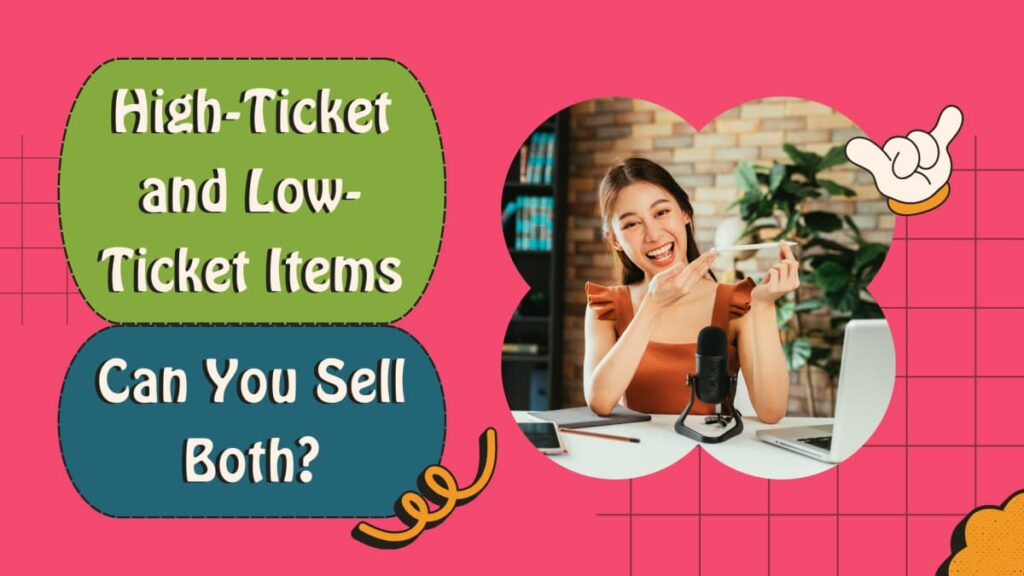
Instead of choosing from the off, can you do both high- and low-ticket dropshipping and see how it goes from there?
The dilemma boils down to this: can I sell popular, affordable stock while also selling more expensive products for a specialized audience? The answer is: Yes, please do!
Perhaps a choice needs to be made whether to sell them both from the same store. The number of popular varieties may be overwhelming, the quality of products can differ greatly (remember what we said about having a great supplier), and the tone of the messaging for the two audiences can clash.
But why wouldn’t you make use of the larger audience to advertise the high-ticket offers?
Conversely, their quality and market positioning will boost the brand recognition and word-of-mouth needed to get an edge in the low-ticket arena. Ideally, they would feed off each other and be a big boon to your high-profit margins dropshipping business for as long as you can maintain the effort.
